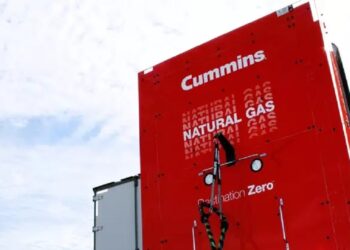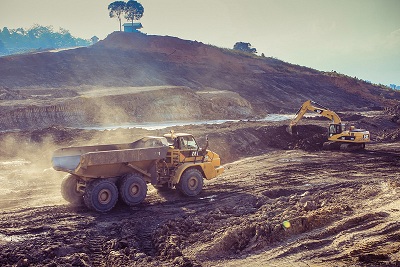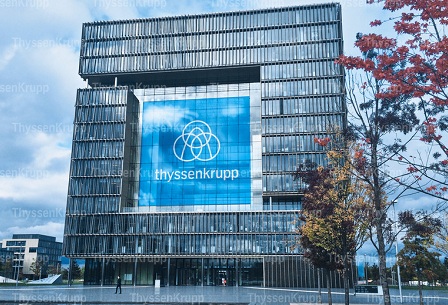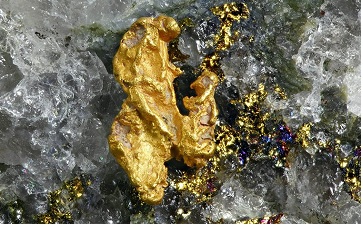Twin Metals Minnesota is an underground copper, nickel and platinum group metals (PGMs) mining project planned to be developed in northern Minnesota, US. Twin Metals Minnesota (TMM), a joint venture between Canada-based Duluth Metals (60%) and Chile-based Antofagasta (40%), was formed in January 2010 to develop the project.
In November 2014, Antofagasta agreed to acquire Duluth Metals through its subsidiary, Antofagasta Investment Company, to become the sole owner of TMM.
The pre-feasibility study (PFS) for the underground polymetallic mining project was completed in June 2014. It anticipates production of 5.8 billion pounds (Blb) of copper, 1.2Blbs of nickel, 1.5 million ounces (Moz) of platinum, 4Moz of palladium, 1Moz of gold and 25.2Moz of silver over the initial 30-year operational life.
Twin Metals Minnesota mine geology, mineralisation, and reserves
Situated about nine miles south-east of Ely and 11 miles north-east of Babbitt, the TMM Copper-Nickel-PGMs mine project comprises four deposits, namely Maturi, Maturi Southwest, Birch Lake and Spruce Road.
“The mineralisation comprises primarily of chalcopyrite, cubanite, pentlandite and talnakhite with trace quantities of numerous base and precious metals-bearing minerals.”
Classified as magmatic nickel-copper-platinum group element (PGE) deposits, all the four deposits are hosted in the 1,000ft-thick basal mineralised zone (BMZ) of South Kawishiwi Intrusion (SKI) of the Duluth Complex, a composite intrusion comprised 12 sub-intrusions, whose emplacements date back up to 12 million years ago.
The mineralisation comprises primarily of chalcopyrite, cubanite, pentlandite and talnakhite with trace quantities of numerous base and precious metals-bearing minerals. The maximum depth of the mineralisation is 4,300ft below the surface elevation.
The initial 30-year mine plan is based on Maturi and Maturi Southwest deposits, which are estimated to hold 478 million tonnes (Mt) of proven and probable ore reserves grading 0.59% Cu, 0.19% Ni, 0.154g/t Pt, 0.349 g/t Pd, 0.084g/t Au and 2.14g/t Ag, as well as containing 6.2Blbs of copper, 2Blbs of nickel, 2.4Moz of platinum, 5.44Moz of palladium, 1.3Moz of gold and 33Moz of silver.
Mining and processing at the Twin Metals Minnesota mine
A combination of post-pillar cut-and-fill and long-hole open stoping mining methods will be employed to extract ore from the Maturi and Maturi Southwest deposits. The extracted ore is proposed to be crushed underground before being conveyed to the surface for processing at the concentrator plant.
Access to the underground mine will be through four declines from surface, three to Maturi and one to Maturi Southwest. Multiple ventilation facilities will be installed to provide the required air intake and exhaust.
The crushed ore from the polymetallic mine will be sent to a 50,000t/d capacity concentrator plant proposed to be located 2.5 miles west of the underground mine site. The concentrator unit, using sequential flotation method, and semi-autogenous grind and ball mills, will capture the valuable metals in concentrate form.
Eagle Nickel-Copper Mine, Michigan, US
Eagle mine is located in Marquette County in the Upper Peninsula of Michigan, US.
Roughly half of the tailings from the concentrator will be sent back to be underground mine as paste backfill, while the remaining half will be pumped to a proposed tailings storage facility south of Babbitt, which will house a concentrate filtration plant, intermediate pond and a rail load-out facility.
Infrastructure and facilities
The mine will be accessed via the existing local and regional highways along with the purpose-built on-site roads.
The project also involves the development of utility corridors connecting the underground mine with the concentrator site, as well as the TSF with the concentrator site, in order to meet the infrastructure needs such as the transport of concentrate and tailings, water pipelines, service and contact roads, as well as a rail extension to an existing railroad.
High-voltage electricity required for the mining operation is proposed to be sourced from the Minnesota electricity transmission grid. A backup power facility comprised diesel generators and a fuel storage facility are also proposed for the mine.
Contractors involved with the polymetallic mine development
AMEC E&C Services, Barr Engineering, Blue Coast Metallurgy, Golder Associates, Itasca Consulting Group, Itasca Denver and SRK Consulting prepared the technical report for the pre-feasibility study of the Twin Metals Minnesota mine.








